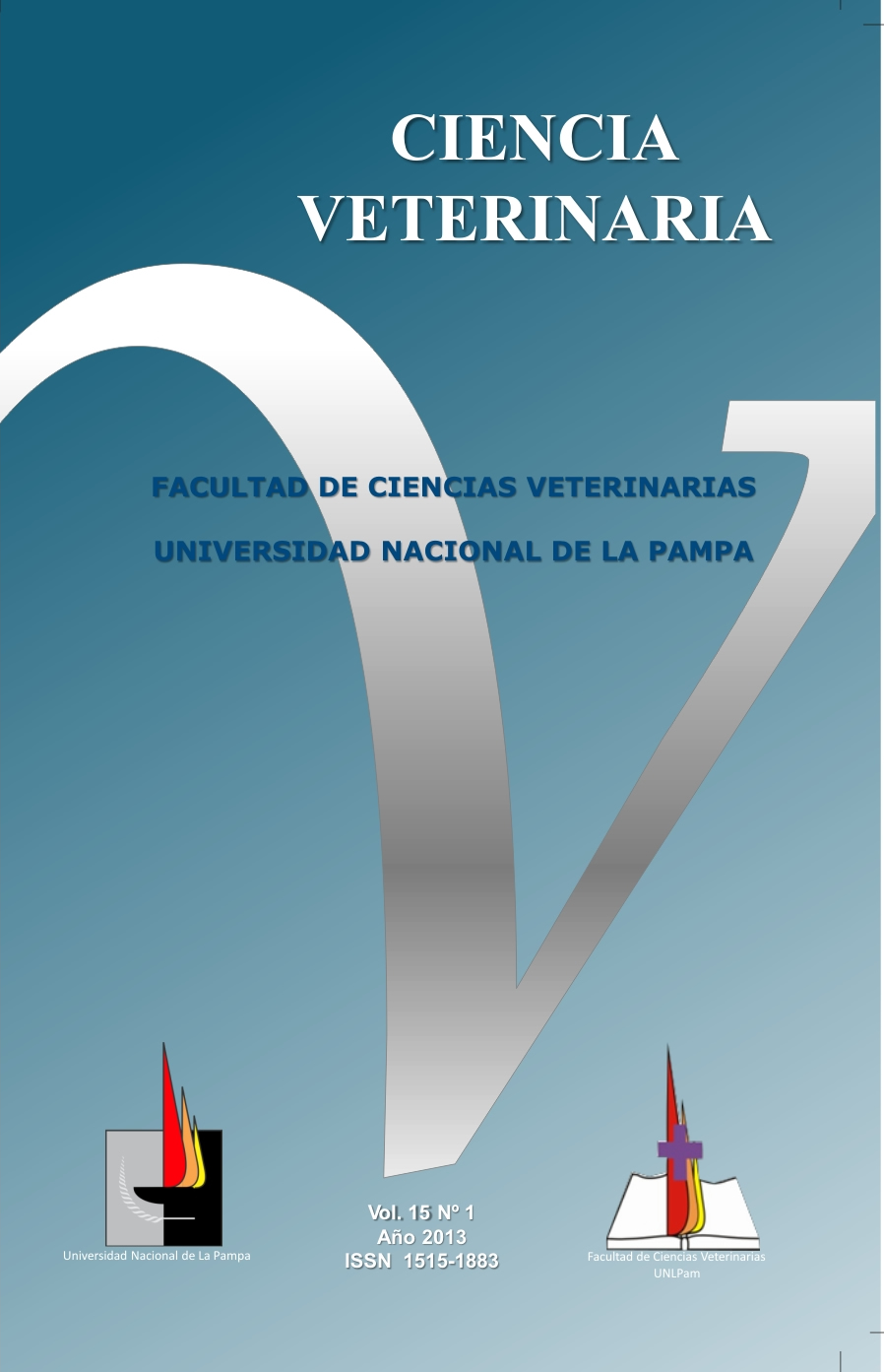Bovine hydatid disease: Contrasting of macroscopic and microscopic diagnosis
Keywords:
Bovine hydatid disease, Hydatid disease, Slaughter inspection, Macroscopic diagnosisAbstract
The causative agent of hydatid disease in our country is the Echinococcus granulosus. This parasite takes canids as definitive hosts and ruminants, pigs, wild species and human as intermediate hosts. All organs with suspicious lesions of hydatid disease are seized and removed in slaughterhouses. This provides important data to understand the disease, its prevalence and distribution, to evaluate the control and eradication plans and value new diagnostic techniques and treatment. There are two critical points for the diagnosis: those organs in which metacestodes are present but not macroscopically visible and those who are seized by submitting hydatid - like lesions but with different etiology. This last aspect was studied considering as hypothesis the lack ofrelationship between macroscopic and microscopic diagnoses. The organs with macroscopic lesions were sent to the laboratory. Selected samples were studied, were characterized morphologically and topographically and were processed by routine techniques of paraffin embedding and staining with hematoxylin and eosin. The positive histopathological diagnosis was based on observation of the morphology of a total of 105 samples diagnosed as hydatid disease, 15 were negative by histopathological diagnosis.Downloads
Downloads
Published
How to Cite
Issue
Section
License
Al momento de enviar sus contribuciones, los colaboradores deberán declarar , de manera fehaciente, que poseen el permiso del archivo o repositorio donde se obtuvieron los documentos que se anexan al trabajo, cualquiera sea su formato (manuscritos inéditos, imágenes, archivos audiovisuales, etc.), permiso que los autoriza a publicarlos y reproducirlos, liberando a la revista y sus editores de toda responsabilidad o reclamo de terceros , los autores deben adherir a la licencia Creative Commons denominada “Atribución - No Comercial CC BY-NC-SA”, mediante la cual el autor permite copiar, reproducir, distribuir, comunicar públicamente la obra y generar obras derivadas, siempre y cuando se cite y reconozca al autor original. No se permite, sin embargo, utilizar la obra con fines comerciales.




.jpg)

4.png)


7.png)



